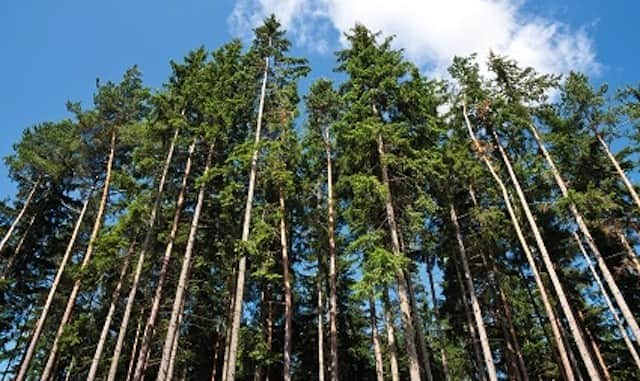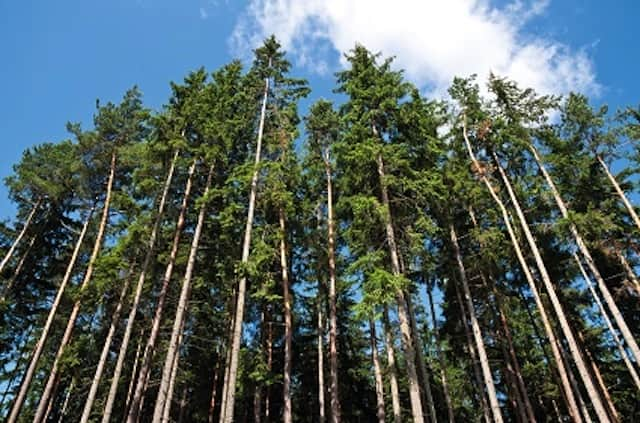
PEFC sets the most demanding criteria for forestry in Finland – defining the level of Finnish forestry in practice, a recent report by Gaia Consulting highlighted, giving a clear positive message on the effects of PEFC certification in Finland.
According to the report, PEFC has had a far-reaching impact on the forestry industry and society as a whole. PEFC sets the conditions for forestry operations that are implemented in practice, going way beyond the new forest law, which only provides a framework of minimum requirements. PEFC has changed attitudes, competencies and procedures. The most significant effects of PEFC forest certification in Finland have been seen in forest biodiversity, for example by ensuring that retention trees are present, the report states.
PEFC requires leaving ten retention trees per hectare in connection with regeneration fellings. These trees must never be taken out of the forest, but must be allowed to decay where they have stood. The total amount of additional decayed or decaying wood left in the forest since the PEFC system was introduced in Finland comes up to seven million cubic meters. The effect of leaving retention trees can be seen in many ways. For example, introducing the latest red list of endangered species in Finland in 2010, the researchers said the forest ecosystems in Finland are doing better than other ecosystems in regard in endangered species – and the biggest single reason for this is the leaving of retention trees.
PEFC sets higher demands on forestry than other regulations applied in Finland. According to Gaia Consulting, a substantial number of PEFC criteria are stricter than in other systems. Furthermore, where PEFC criteria are aligned with, for example, already strict regulatory requirements, they provide details on how to interpret the legislation, resulting in consistent implementation in the forest.
With 20 million hectares of Finnish forests PEFC-certified, Finland has the third largest PEFC-certified area in the world, preceded by Canada and the United States. In fact, PEFC certification covers more than 90% of Finnish forests. With certification setting higher demands than other regulations, this means that in practice it is PEFC certification that sets the level of Finnish forestry.
PEFC has affected attitudes, too. While know-how on the selection of retention trees and awareness of valuable, protected habitats have increased, attitudes towards protection in general have also become more positive. This means that work for the protection of forest nature is now a routine component of forestry activities. For forest owners it is particularly important that the change has been voluntary. According to Gaia Consulting, PEFC has had an evident role in communicating about the changes in forest legislation and in promoting its implementation. Furthermore, while black-market activity is only a minor problem for the Finnish forest sector, PEFC has had an important role in creating more coherence in employers’ responsibilities.

